
In 2023, Rhett Jones made headlines by creating Texas’ newest bike park, Station Mountain, while still in high school. Now, the 19-year-old entrepreneur has launched a new apparel company, Cased, that promises to provide custom-fitted rider kits with built-in body armor that are unlike anything else on the market today.
Singletracks spoke to Jones to learn about his latest venture and the story behind it.

Jones didn’t like the state of protective wear in the mountain bike industry and decided to do something about it
In the summer of 2024, Jones decided he wanted to dive into another entrepreneurial venture tied to mountain biking. From his riding experience, Jones saw that there were issues with the protective gear available to riders. “Pads are either too bulky, or they do not provide enough coverage,” he said. Jones set out on a mission to make the industry’s most comfortable, most breathable, most protective, most abrasion-resistant, and only custom-fit kits.
Jones spent a month or so doing extensive research on textiles and fabrics, trying to figure out what materials would offer maximum breathability, comfort, and protection to riders. “There’s a lot of public information about abrasion resistance and fabric thickness available online,” said Jones.
Next, he developed a tech pack with all the specifications he felt would make the best kit. For example, Jones determined that he would use the statistically most breathable fabric that held up to at least 30,000 cycles under the Martindale testing method for the lightweight kit (meant for summer riding).
Once he created the tech pack, Jones sought out the best manufacturer for the job. “I went on Alibaba and messaged 30 clothing manufacturers. I settled on one in Southeast Asia for the fabric quality, as it even succeeded the US factories I tried.”
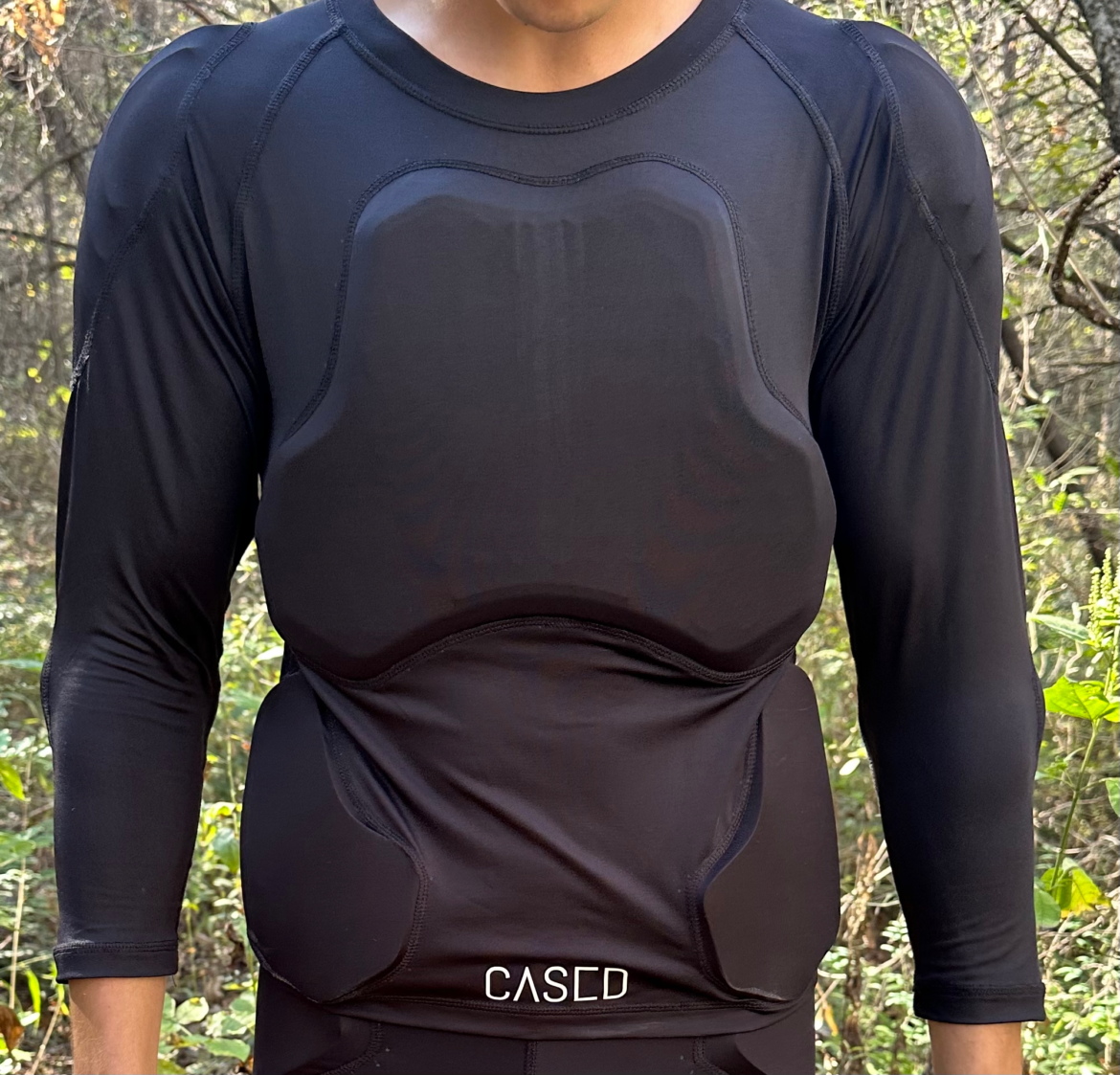

The kits prioritize function over fashion
Cased offers a few different riding kits. The inner kit, consisting of padded pants and a padded shirt, is the only custom-fitted kit in the industry. It has CE Level 2 protective pads over the elbows, shoulders, chest, back, tailbone, hips, knees, and shins. The pants also have a built-in chamois. The inner kit is also enhanced with Poron foam in high-impact areas like the kneecaps, elbows, and tibias. For even more protection, riders can purchase an optional set of D3O shells. The fabric of the inner kit is made with a UHMWPE blend for maximum breathability.
Riders can combine the inner kit with one of three different outer kits. There is a lightweight outer kit that’s great for hot weather riding, a middleweight kit that offers significant durability and breathability for mild weather riding that is made from a Cordura blend fabric with Kevlar woven into certain areas for added durability, and a heavyweight kit for riding in colder temperatures that is made from 450GSM Kevlar LSJ Fleece.
Each kit consists of only one or two materials per garment. Noticeably absent from the garments are any Velcro straps, zippers, or mesh layers that can irritate riders and make them feel uncomfortable.

The cost of the clothing might deter some prospective buyers, but Jones believes riders looking for the best quality and fit will choose his company over others
The inner kit currently sells for $350, and the outer kits range from $200 – $300, depending on the weight. The Complete Kit — Premium, which includes all of the outerwear options in addition to the inner kit, sells for an MSRP of $1,250. The price seems steep, but Jones said there are valid reasons for it. “I checked out the prices of all the other apparel companies and decided to do a price that was in the same range as their highest-end stuff. I think a high price should match the top quality of the apparel.”
Additionally, Jones stated that standard e-commerce and retail-based apparel companies need to have an MSRP that is more than four times what their production costs are to be successful, and right now, his production costs are high. Some of the high costs are due to the quality of the fabrics Jones has chosen and the lower ordering quantities.
The custom fit and sizing of the apparel also plays a factor in the higher cost. Jones has buyers fill out a sheet with their body dimensions (height, waist size, etc.) and then has the clothing made to their exact specifications.

Jones’ attention to detail is reflected in the company, including its logo
Like Station Mountain, Jones put a lot of thought and consideration into Cased, from the design and the fabrics of the kits down to the logo itself. And just what is that weird shape Jones picked for the logo? Here’s the explanation he gives on the website:
“Did you know that, literally just in 2023, mathematicians figured out that this thing called an ‘aperiodic monotile’ exists – in other words, a shape that, if you lay it out in a tile pattern, will never repeat itself over an infinite plane? In other words, if you lay down the tile of this shape in a 100,000 x 100,000 plane, there is no 100 x 100 part of that plane that is the exact same – the tile pattern doesn’t repeat!”
Like the 13-sided shape, Cased is one of a kind. There is no other apparel like it on the market today, and it will be interesting to see if it changes the way riders look at protective gear.

But Jones’ latest venture is about more than just making the best protective gear
Jones hopes Cased will become profitable, and he has a clear vision as to what he wants to do with the profits. “The reason why I’m entrepreneurially motivated is that I ultimately want to create a charity.”
Jones is focused on a cost-effective charity that addresses root cause issues like hunger. “I can live off of a modest salary, but I want to have an impact,” he said. Based on what he has done so far, Jones is sure to make an impact that will reach far beyond just mountain biking.



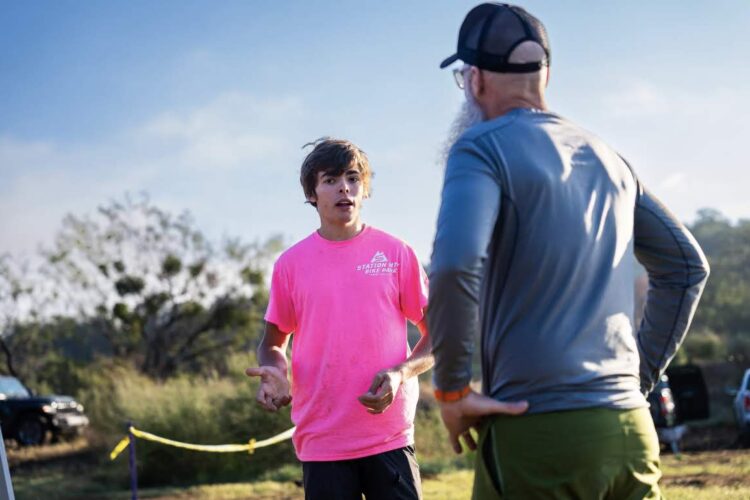

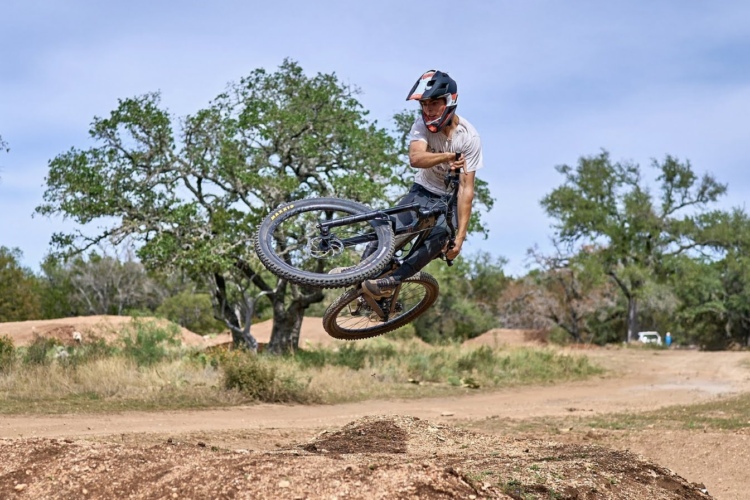
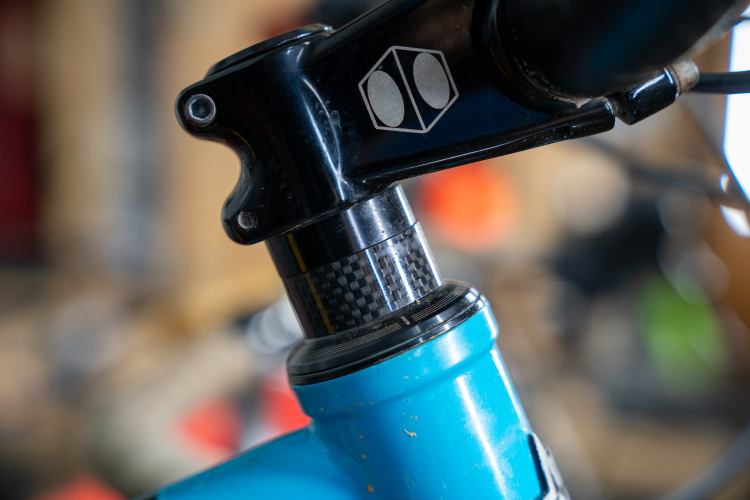
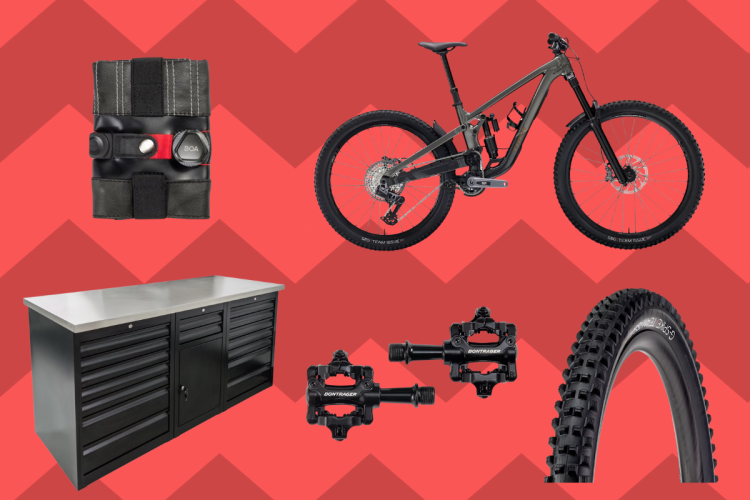
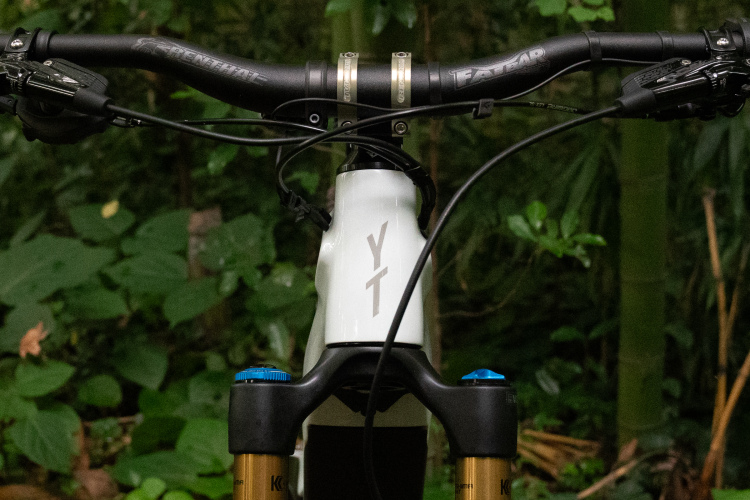
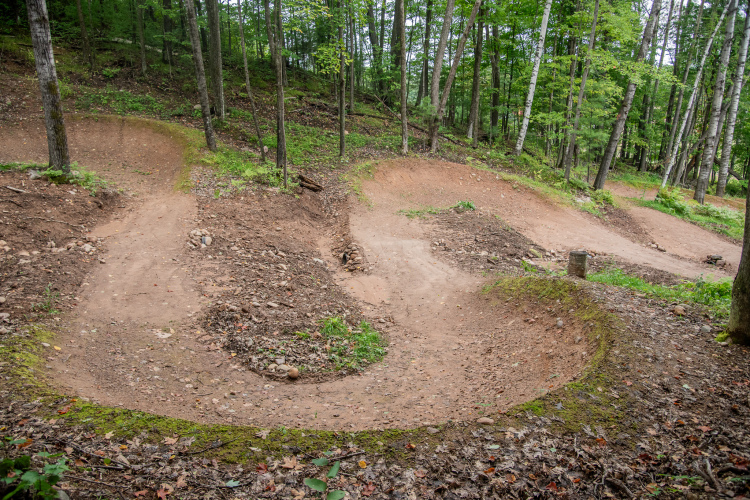

1 Comments
Jan 27, 2025